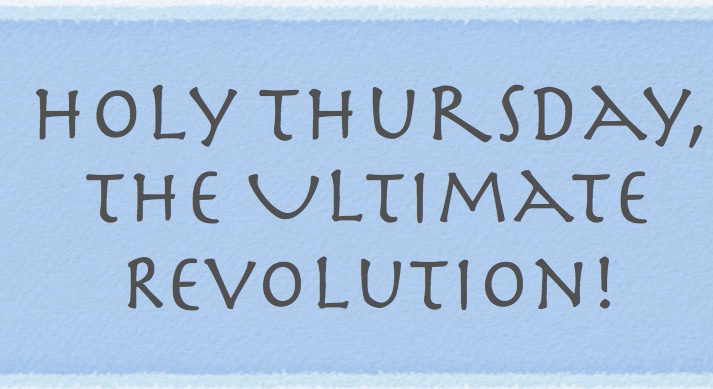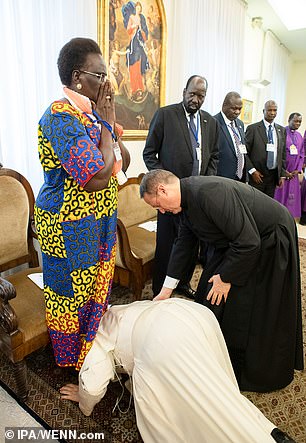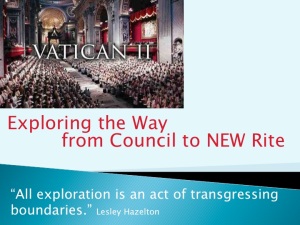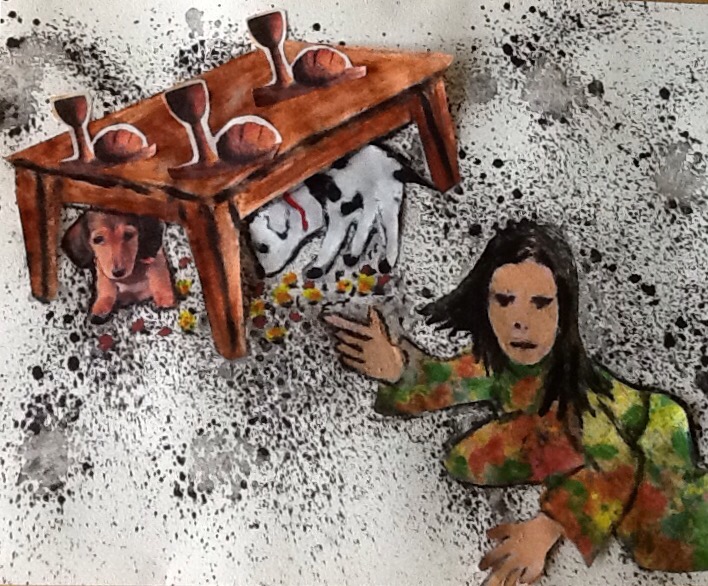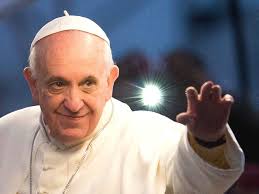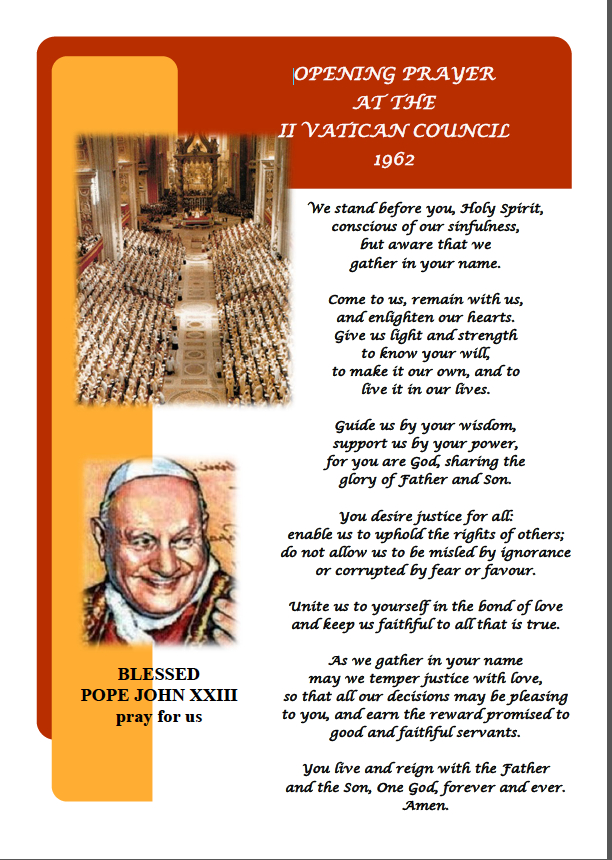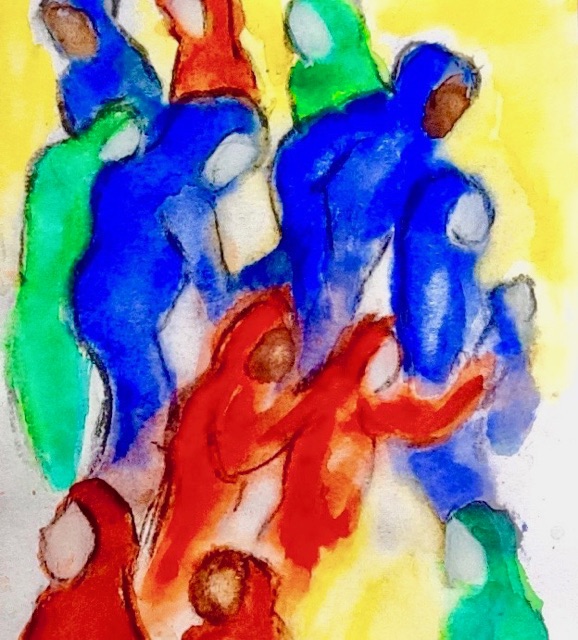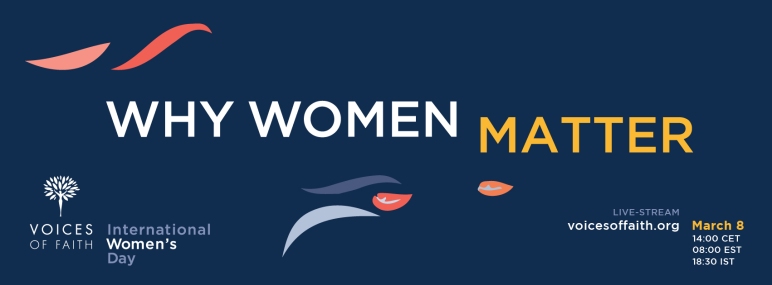A conversation with Paula Ruddy in regard to her comments to our post, Church Unity: NOT about merging disparate factions, on this website.
Paula Ruddy:
“I can see the intention for this, empathize with it. However, I think there is another way to unity through dialogue among people of different worldviews.
The postmodern cultural view that all are equally valid ways of viewing “reality” supports this strategy for unity, but is it true that Vatican II can be interpreted both as true to the Gospel in opening to the world and as not true to the Gospel in opening to the world? Isn’t there some objectivity in what the Gospel teaches and how the Church should exist in the world?”
Sisters Lea and Consilia reply:
Yes, there have always been different ways of viewing “reality” with every view claiming its own view as valid, even superior to the other’s view of reality.
The problem within the Catholic Church begins when two or more worldviews diverge so radically that they no longer see the Gospel through the same “objectivity” lens. This is the case of the different Gospel views between Opus Dei/ Evangelical Catholicism AND Post-Vatican II understandings of the Gospel. In other countries, the problem is that cultural adaptation to the Gospel is thwarted by “one way only” interpretations of Catholic doctrine and practive.
Pope Benedict may have correctly described the two interpretations of Vatican II as continuity and rupture…continuity with the Council of Trent and rupture as break. However, one might interpret his words differently…as meaning continuity with Church Tradition AND rupture…NOT break or Schism as Pope Benedict implied…but rupture into a new shoot, an evolutionary outgrowth from the Root of Jesse.
Paula Ruddy:
“What about the Petrine Ministry to lead in the Gospel direction? Should the Pope say ‘all interpretations of Vatican II are valid’?”
Sisters Lea and Consilia reply:
Insofar as any interpretation of Vatican II can be supported by Vatican II documents or post-Vatican II theology, it would seem the pope ought to consider those interpretations valid.
Of course, this has not been the case with the two popes preceding Pope Francis. For many Catholics today, including George Weigel, the interpretation of Popes John Paul II and Benedict XVI are the ONLY authorized interpretations of Vatican II.
As for the Petrine Ministry of the Pope to lead and unify the Church in the Gospel direction, perhaps the papal ministry for the future lies in coordinating/negotiating the differing Gospel interpretations within a shared Papal/People of God relationship… a negotiating servant-leadership for a challenging multifaceted set of Gospel interpretations. For example, the 20+ Eastern Catholic Rites/Churches in union with Rome, the Opus Dei prelature, and the Anglican ordinariate are but a few examples of this negotiating servant-leadership.
Paula Ruddy:
“The question I have about dividing us up is this: Is it good to abandon the mainstream Church to the point of view that the Holy Spirit is NOT IN the world while establishing an ordinariate that believes the Gospel calls for discerning the Holy Spirit and the Kingdom of God WITHIN the world as it is?”
Sisters Lea and Consilia reply:
The questions we have here are these: What is “mainstream Church” Catholicism? The majority viewpoint? The viewpoint of the presiding pontiff?
Is there any point of view within the various Catholic Rites/Churches, prelature, or ordinariates that teaches “the Holy Spirit is NOT in the world”? Perhaps the answer is “yes” when we consider post-Trent Church vs. world theology where the Holy Spirit resides only in the One True Catholic Church. The Second Ecumenical Council pushed back on this view of Church and world. Is this theological viewpoint what is “dividing us up” along with the scientific revolution, the loss of leadership credibility, clericalism, and marginalization of women, divorced Catholics, LGBTQ+, etc?
Paula Ruddy:
“Isn’t it better to continue the dialogue among people with evolving worldviews within the Church, depending on the Holy Spirit, faith and reason to keep us together?”
Sisters Lea and Consilia reply:
Indeed, it is ALWAYS better to continue dialogue within the Church. When there is radical divergence in theological interpretation, however, dialogue becomes much more difficult, if not impossible.
Throw inequality of relationship into the mix, as Leonard Swidler discusses in his Dialogue Decalogue and dialogue actually becomes impossible. One has to ask if even the Holy Spirit is impeded from holding us together if we cannot treat each other as the sisters and brothers that Jesus called us to be.
Paula Ruddy:
Do the believers in the rightness of Vatican II have brave spokespeople who can make the vision clear and compelling to the mainstream Roman Rite Catholic? If not, how are they going to run an ordinariate?
Sisters Lea and Consilia reply:
One has to wonder if it is necessary “to make the vision clear and compelling to the mainstream Roman Rite Catholic.” If the goal is to win mainstream Catholicism back from the decades of spiritual groundwork done by Evangelicial Catholicism (and its precursor, the Opus Dei Movement/Prelature), that ship has left the harbor.
What we see as possible and URGENT is the redirection of energy spent by those who stand continually waiting in the vestibule of Roman Rite Catholicism, begging and hoping that someday Vatican II will rise again…if only we are patient enough.
If the Apostles never came out of the Upper Room, there would be no Catholic Church today. What were they waiting for? Approval by the Temple High Priest?
As for “brave spokespeople” of the great Second Ecumenical Vatican Council, we have many both in this life and in the hereafter. Fortunately, those who have left us in this life have also left their writings for us to study and discern the earliest spirit and wisdom of Vatican II.
As for how a Vatican II prelature or a Vatican II ordinariate might operate, we do have models today within the Church, models which might be adjusted and applied both to different national cultures and different evolving understandings of a Post-Vatican II Church in an ever-changing world. As in every institutional model, what the model presents is always ONLY a model.
Paula Ruddy:
“I appreciate the “Rite Beyond Rome” effort to discern how we should proceed. I hope we keep talking.”
Sisters Lea and Consilia reply:
We appreciate your efforts and the efforts of all those working to discern how we should proceed in moving forward. We intend to explore the prelature, ordinariate models here on https://RiteBeyondRome.com as precursor to a Post-Vatican II Rite/Church in union with Rome, if that is where the Wisdom Spirit of God leads.
And YES, let’s keep talking!
https://RiteBeyondRome.com
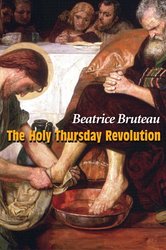 CLICK HERE to see Quick-View Presentation Slides:
CLICK HERE to see Quick-View Presentation Slides: